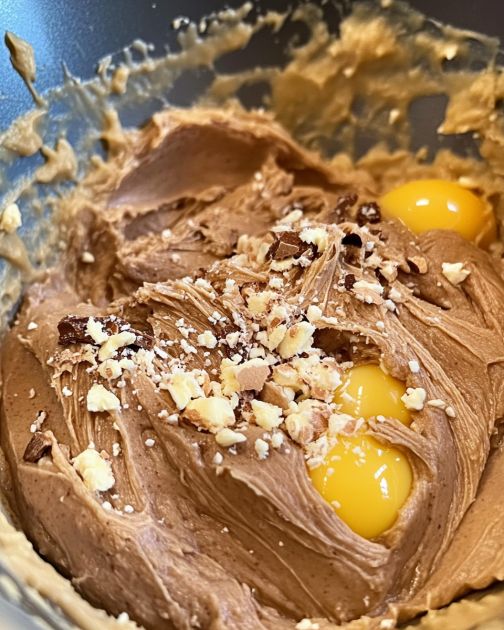Cookie dough is a beloved treat for many, often enjoyed even before it hits the oven. However, the practice of eating raw cookie dough, especially when it contains raw eggs, has sparked a debate about safety. My aunt is a staunch supporter of taste-testing raw cookie dough, following a method passed down from her mother. Despite my concerns about the potential health risks, she remains convinced that her mom's way is the best. This article explores whether her confidence is well-founded or if modern safety concerns should take precedence.
Understanding the Risks of Raw Cookie Dough
Eating raw cookie dough poses several health risks, primarily due to the presence of raw eggs and uncooked flour. Raw eggs can harbor Salmonella, a bacterium that can cause food poisoning. Similarly, uncooked flour can be contaminated with E. coli. Both bacteria can lead to severe gastrointestinal issues, especially in vulnerable populations such as young children, the elderly, and those with weakened immune systems.
Advertisement
The Role of Eggs in Cookie Dough
Eggs are a crucial ingredient in cookie dough, providing moisture, structure, and richness to the final baked product. They help bind the ingredients together and contribute to the dough's texture. However, when consumed raw, they pose a risk of Salmonella infection, which is why many health experts advise against eating raw dough.
Historical Methods of Taste-Testing Cookie Dough
For generations, home bakers have sampled their cookie dough to ensure the right balance of flavors. This tradition likely stems from a time when food safety standards were less stringent, and the risks of raw egg consumption were not as well understood. Many people, like my aunt, grew up in households where taste-testing was a normal part of the baking process, leading them to believe it is safe.
Exploring My Aunt's Perspective
My aunt's insistence on taste-testing raw cookie dough is rooted in her upbringing. She recalls her mother doing the same without any adverse effects, which reinforces her belief that the method is safe. To her, the act is not just about tasting the dough but also about preserving a cherished family tradition. She views my concerns as overly cautious, trusting in her personal experience over scientific warnings.
The Science Behind Raw Egg Consumption
Scientific research has shown that consuming raw eggs carries a risk of Salmonella infection. While not all eggs are contaminated, the bacteria can be present on the shell or inside the egg. Pasteurization is a process that can kill Salmonella without cooking the egg, making pasteurized eggs a safer choice for recipes that call for raw eggs. Despite this, many people continue to consume raw eggs without incident, relying on luck rather than science.
Modern Alternatives to Traditional Cookie Dough
In response to safety concerns, many companies now offer edible cookie dough that is specifically formulated to be safe to eat raw. These products use pasteurized eggs or egg substitutes and heat-treated flour to eliminate the risk of bacterial contamination. Additionally, home bakers can make their own safe-to-eat dough by using similar methods, allowing them to enjoy the taste of raw dough without the associated risks.
Evaluating the Safety of My Aunt's Method
While my aunt's method of taste-testing raw cookie dough is rooted in tradition, it does carry inherent risks. The likelihood of contracting a foodborne illness from raw eggs or flour is relatively low, but the consequences can be severe. It's important to weigh the enjoyment of a family tradition against the potential health risks, especially when safer alternatives are available.
Balancing Tradition and Safety in Baking
Finding a balance between tradition and safety is key in baking. While it's important to honor family practices, it's also crucial to adapt to new information and prioritize health. Encouraging the use of pasteurized eggs or heat-treated flour can allow bakers to maintain their traditions while minimizing risk. Open discussions about food safety can help bridge the gap between old and new methods.
Advertisement
Conclusion: Is There a Right Way?
Ultimately, whether my aunt's method is right or wrong depends on one's perspective. From a scientific standpoint, caution is advised when consuming raw cookie dough. However, personal experiences and family traditions hold significant value. By understanding the risks and exploring safer alternatives, it's possible to enjoy the best of both worlds: the nostalgia of a cherished tradition and the peace of mind that comes with modern food safety practices.

